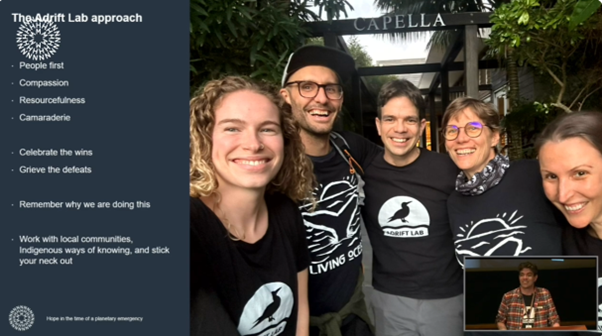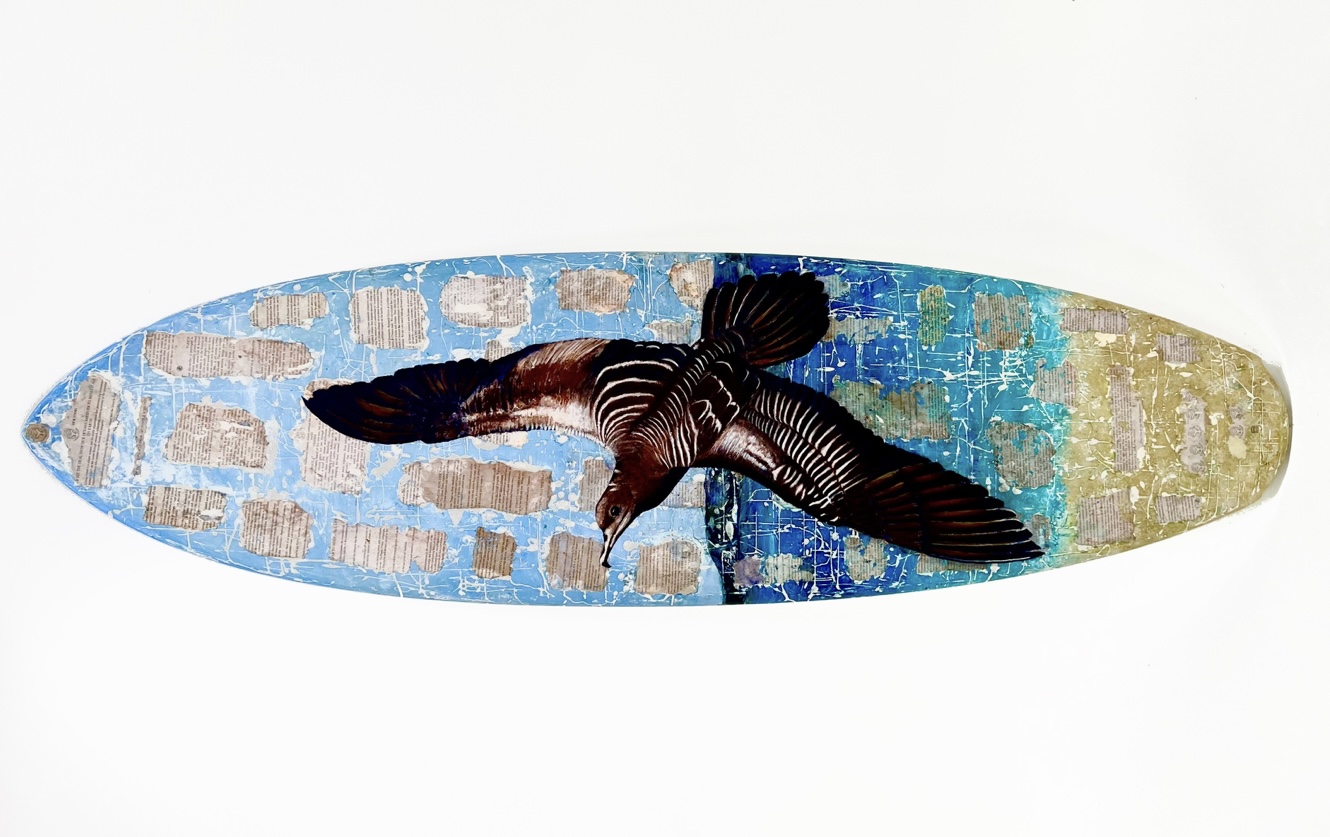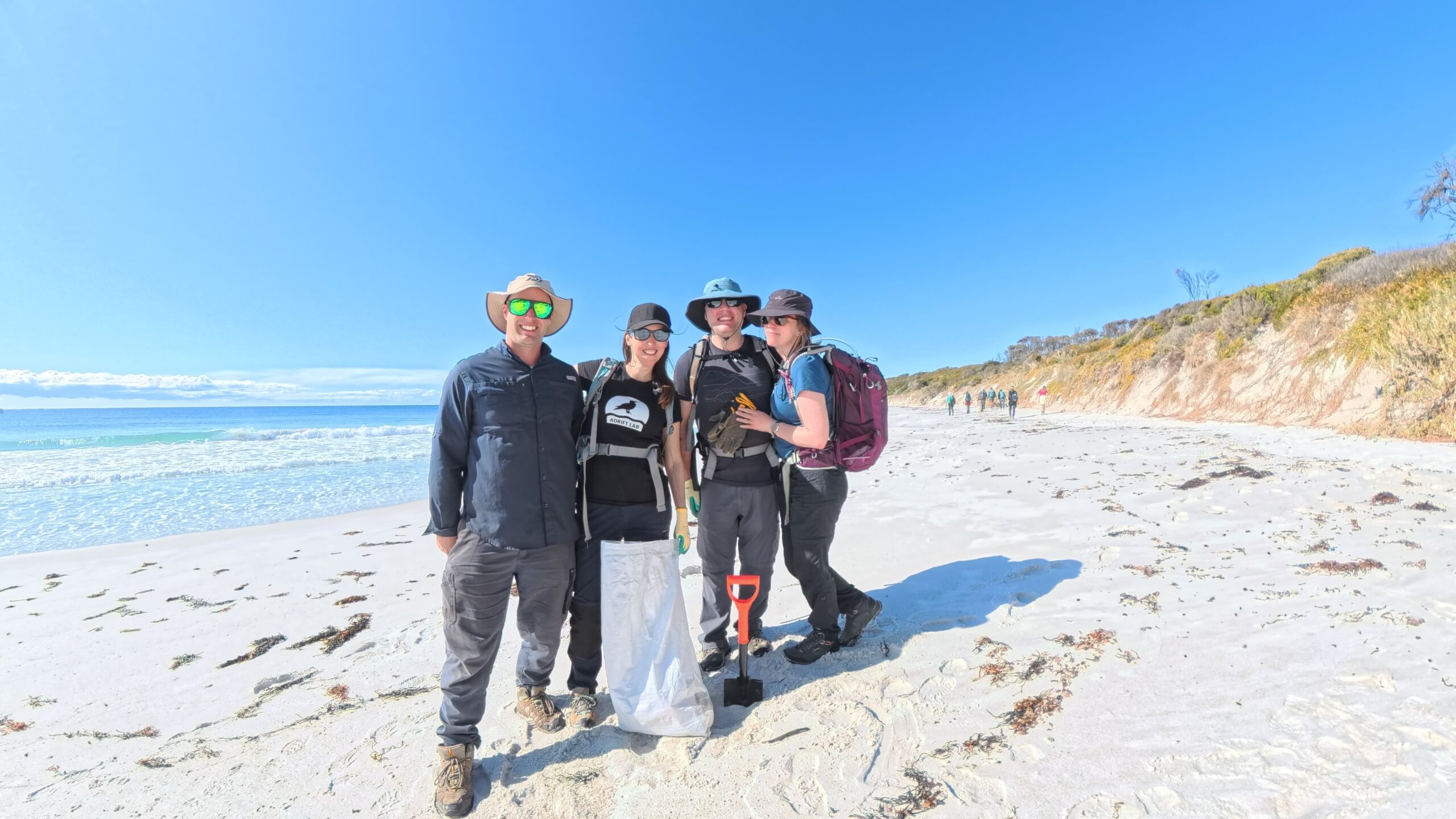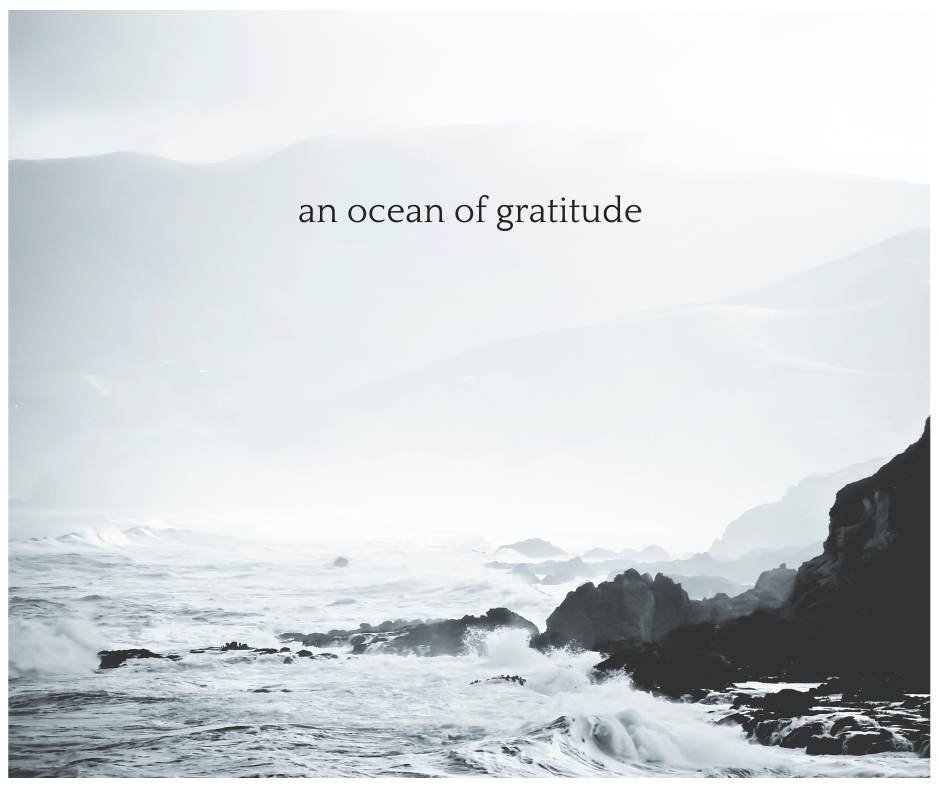Student-Led Paper Documents Plastic in Gulls Feeding at Landfill
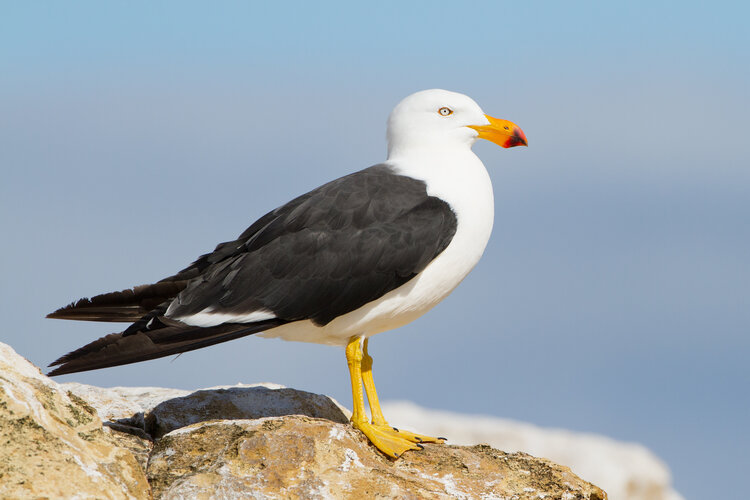
This week, Adrift Lab researchers published the results of a collaborative study in the journal Marine Pollution Bulletin. The research benefited from input from multiple Adrift team members, including some of our early career researchers. We’re grateful for support and assistance from state government, two international interns and dozens of citizen scientists from local schools and community groups, such as Plastic Free Launceston.
You can [access the article here](https://www.sciencedirect.com/science/article/pii/S0025326X20306676?dgcid=author**).**
The research was completed over two years (2018-2020) and investigated the type and quantity of debris items being ingested by Pacific Gulls at the Tamar Wetlands in Launceston, Tasmania. We used regurgitated pellets (boluses) to provide a rapid, non-invasive method of obtaining data on debris ingestion.
“They’re the “jaws” of the skies with a hunger for hot chips. We’re talking about gulls. This family of seabirds are commonly found occupying coastal regions, however, in recent decades many species have shifted to overlap human activity and urban environments. Despite our perception that gulls are abundant, or event ‘pest’ species in some instances, numerous gull population are in decline. Gulls are typically generalist scavengers consuming prey items that range from fish, molluscs and vegetation, to smaller seabirds and rodents. The gulls’ unmatched ability to adapt their diet and foraging strategies has meant they can thrive in numerous environments. However, this may also be a reason for us to take a closer look at our feathered, inner-city residents.”
— Lillian Stewart, Adrift Lab Researcher
Overall, the research found >92% of gulls had ingested debris. Plastic and other items were deposited in boluses adjacent to waterways. Thus, gulls may unknowingly transfer debris from landfill to our oceans.
While debris was found in 92.5% of gull boluses overall, plastic and glass were by far the most commonly recorded debris types, accounting for 86.6% and 64.7% of all debris items (a whopping 670 glass and plastic items found in 374 boluses!).
Household items such as dental floss, food wrappers, screws/nails, beer bottle caps, and even condoms clearly indicated that despite roosting at the relatively pristine Tamar Wetlands, the gulls regularly fed at landfill sites. Remarkably, despite being ingested (and later egested) by the gulls, the brands and labels on many of these items were still legible.
Our society often fails to consider the fate of waste sent to landfill. Once the rubbish man collects our bin, we assume this is a one-way trip and the items we used are never to be seen again. But, this doesn’t seem to be the case. Glass, metal, and plastic items ingested by the gulls at landfills are later deposited in boluses at a roosting sites, such as the Tamar Wetlands. Over time, these boluses breakdown due to exposure to rain, wind, and sunshine, releasing the debris into the surrounding water bodies.
In Launceston, it’s the Tamar River, which flows out into the Bass Strait and Southern Ocean. Are our gulls unwittingly introducing plastic and other anthropogenic debris from urban centres into aquatic environments? Sadly, this seems to be the case.
“The extent to which anthropogenic debris now dominates the diet of these birds is staggering. While the physiological impacts of debris ingestion in gulls is not known, there is a wealth of information available for other seabird species that suggest exposure to ingested debris items is problematic. For example, ingested plastic can introduce chemicals into an animal’s bloodstream, leading to reduced body condition and altered blood chemistry”
— Megan Grant, Adrift Lab Researcher
Acknowledgements
Adrift Lab are grateful to the following individuals/groups who helped make this project possible:
- Adrift Lab acknowledge the palawa people, the traditional owners of the land where this research took place, kanamaluka/Tamar Island Wetlands
- Staff at the Department of Primary Industries, Parks, Water, and Environment, particularly Amber Travica
- Jesse Benjamin for photography and logistical support
- Numerous volunteers at Plastic Free Launceston, particularly Trish Haeusler
